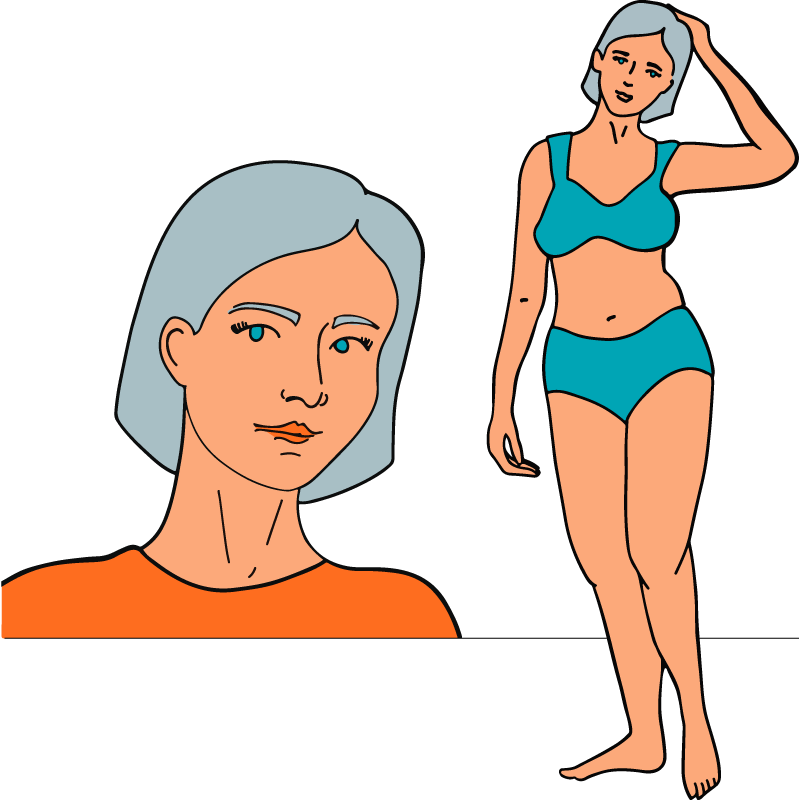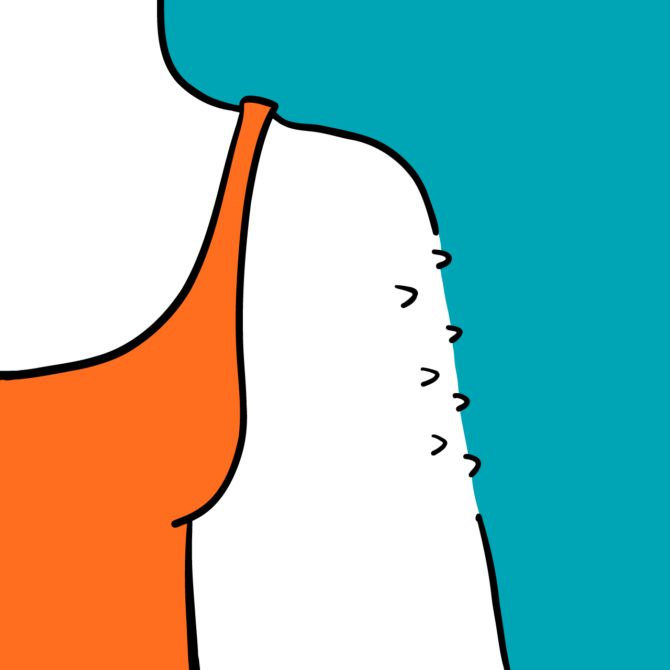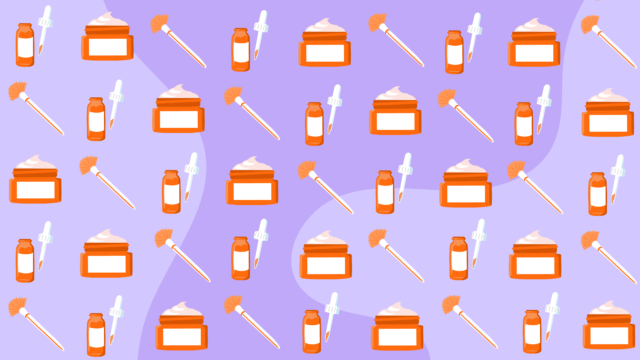Chicken Skin
If you’ve ever noticed tiny, rough bumps on the back of your upper arms, you might be puzzled as to what causes them, or be annoyingly familiar with the charming nickname ‘chicken skin’. Textural resemblance to the plucked bird aside, ‘Keratosis Pilaris’ – as the skin condition is officially called – is actually a super common condition and it’s pretty harmless too. But it can be itchy, annoying, and quite noticeable, due to the rough, uneven skin texture it causes. Luckily, our FAQs can help make getting rid of chicken skin on your upper arms a little easier.








 The Tweakments Chatbot
The Tweakments Chatbot